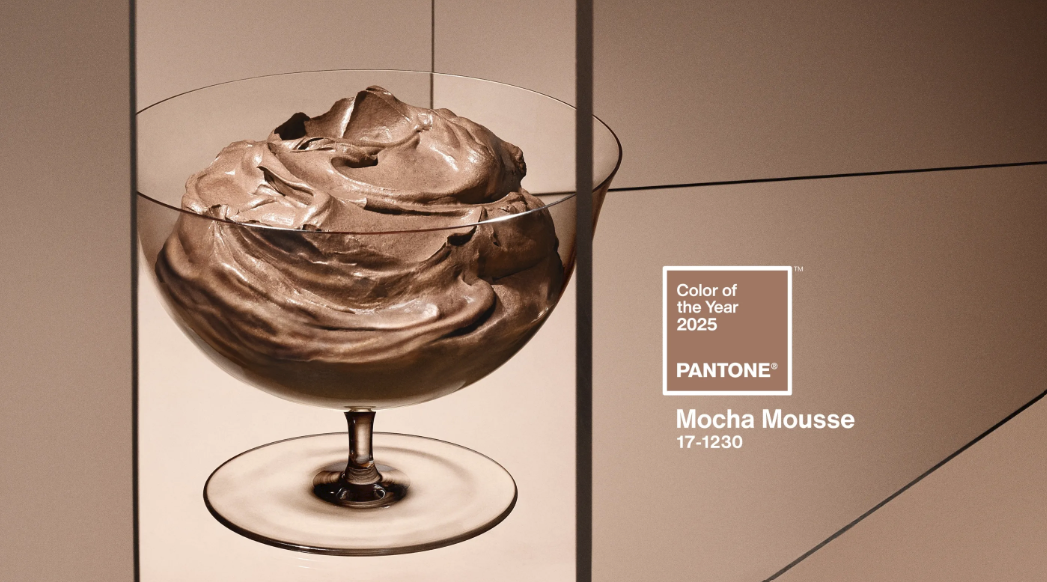Welcome to the KBow design Blog!
Featured posts
goodbye brand confusion, hello brand cohesion
Do you want a brand identity that you can market with confidence but you’re not quite ready to pull the trigger and invest in fully custom branding? I totally get it!
My brand kits are here to solve all of your branding woes. Say goodbye to the overwhelm of picking a color palette or choosing a random font because you’re bored with your current one. My brand kits are completely editable and designed with your business in mind so you can finally stay consistent and market a brand identity you’re proud of.







let's socialize!
Terms and conditions
Privacy Policy
let's
socialize!
COPYRIGHT KBOW DESIGN 2026 ©